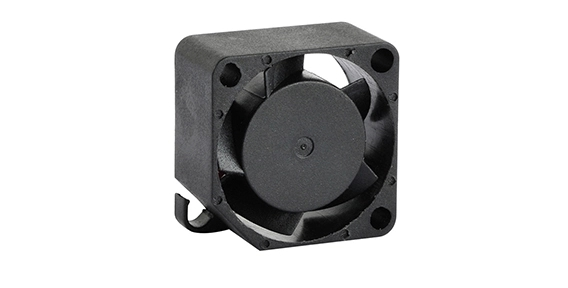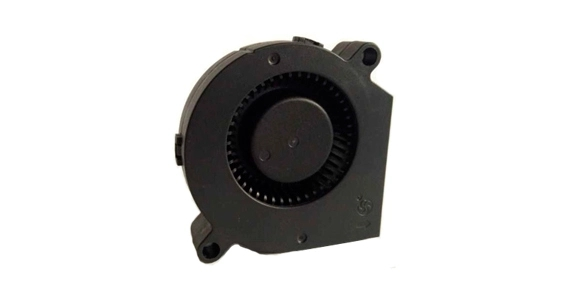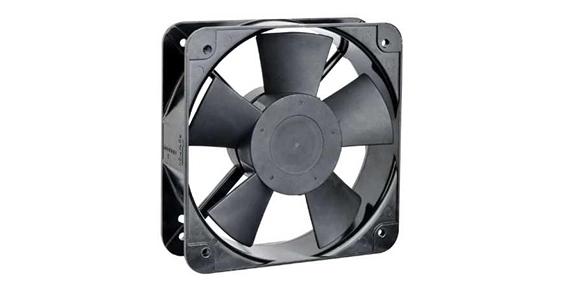The field of industrial technology is evolving rapidly. The emergence of the Internet of Things (IoT) has revolutionized many industries, and the fan industry is no exception. In particular, the DC axial fan has seen significant advancements with the integration of IoT technology. In this article, we will explore the key areas where IoT has enhanced the functionality and performance of DC axial fans, specifically focusing on the emergence of IoT, enhanced efficiency through predictive analytics, and energy savings and environmental impact.
Emergence of IoT in the DC Axial Fan: Enhancing Connectivity and Control
One of the key advantages of integrating IoT into DC axial fans is the enhanced connectivity and control it offers. IoT-enabled fans are equipped with sensors and connectivity modules that allow them to be monitored and controlled remotely. This level of connectivity provides several benefits.
Firstly, it enables real-time monitoring of fan performance and health, allowing for proactive maintenance and troubleshooting. A sensor-equipped DC axial fan can collect data on factors such as temperature, RPM, and vibration, allowing operators to identify any anomalies and take preventive measures to avoid breakdowns or malfunctions.
Secondly, IoT connectivity allows for remote control of the fan's operation parameters. Operators can adjust fan speed, airflow direction, and other settings remotely, without the need for physical presence. This not only saves time and effort but also enables precise control and optimization of the fan's performance based on specific operational requirements.

Enhanced Efficiency Through Predictive Analytics in the DC Axial Fan
In addition to enhanced connectivity, IoT integration brings the power of predictive analytics to DC axial fans. By analyzing the collected data from the fan's sensors, advanced algorithms can predict potential issues or inefficiencies before they occur.
For example, through data analysis, an IoT-enabled axial cooling fan can identify patterns that indicate a decrease in performance, such as a gradual increase in power consumption or a decline in airflow efficiency. With this information, operators can take proactive measures to address the underlying causes, such as cleaning or replacing the fan blades, before the performance deterioration becomes significant.
Furthermore, the integration of predictive analytics also enables better energy optimization. By analyzing data on energy consumption patterns, the fan can automatically adjust its operation parameters to minimize energy usage while maintaining optimal performance. This results in improved energy efficiency, reduced operating costs, and a smaller environmental footprint.

Energy Savings and Environmental Impact: IoT-Enabled DC Axial Fan
The integration of IoT technology into DC axial fans brings substantial energy-saving benefits, which have a significant positive impact on the environment. Through real-time monitoring and automation, IoT-enabled fans can optimize their operation to minimize energy consumption.
For example, an IoT-enabled DC axial fan can automatically adjust its speed and power consumption based on the occupancy levels in a particular area. If a room is empty, the fan can reduce its speed or even switch to standby mode, resulting in substantial energy savings.
Furthermore, the predictive analytics capabilities of IoT-enabled DC axial fans can contribute to energy savings by identifying inefficiencies and recommending actions to optimize performance. By addressing these inefficiencies, operators can ensure that the fan operates at its maximum efficiency, minimizing energy waste.
Overall, the integration of IoT technology into DC axial fans has a positive impact on both energy savings and the environment. The ability to optimize energy consumption and reduce waste not only leads to cost savings for operators but also contributes to a greener and more sustainable future.
In conclusion, the future of DC axial fans in the era of IoT looks promising. With enhanced connectivity and control, predictive analytics capabilities, and significant energy savings, IoT-enabled DC axial fans offer improved performance, efficiency, and environmental impact. As technologies continue to advance, we can expect to see even more advancements in this field, further revolutionizing the fan industry.

 EN
EN 
 +
+
 +
+
 +
+



